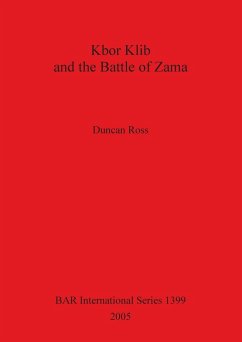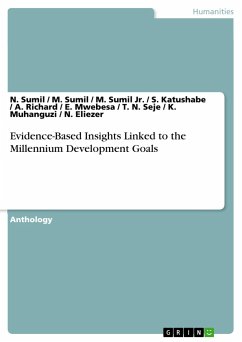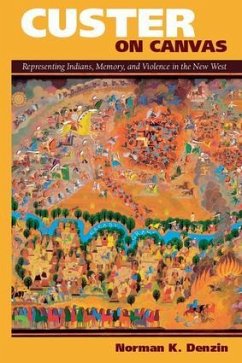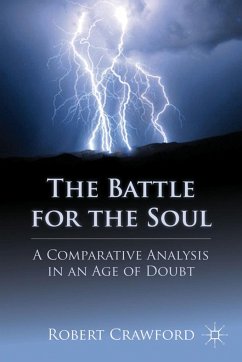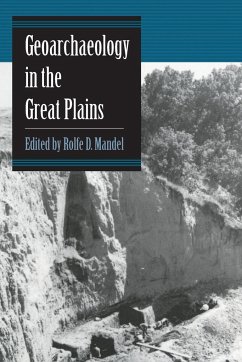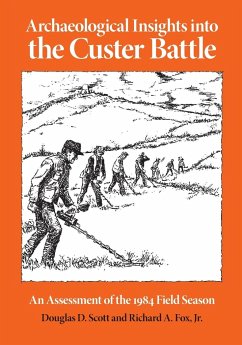
Archaeological Insights into the Custer Battle
An Assessment of the 1984 Field Season
Versandkostenfrei!
Versandfertig in 1-2 Wochen
29,99 €
inkl. MwSt.

PAYBACK Punkte
15 °P sammeln!
In August, 1983, a grassfire raged up Deep Ravine and across the dry, grass-covered battlefield where, in 1876, men of the Seventh U.S. Cavalry under George Armstrong Custer had fought and died at the hands of a Sioux and Cheyenne force led by Sitting Bull. The removal of the normally dense ground cover revealed enough evidence to suggest that an archaeological survey would be fruitful and perhaps could address some unanswered questions about the battle. Describing archaeological investigations during the first year (1984) of a two-year survey, this book offers a detailed analysis of the physi...
In August, 1983, a grassfire raged up Deep Ravine and across the dry, grass-covered battlefield where, in 1876, men of the Seventh U.S. Cavalry under George Armstrong Custer had fought and died at the hands of a Sioux and Cheyenne force led by Sitting Bull. The removal of the normally dense ground cover revealed enough evidence to suggest that an archaeological survey would be fruitful and perhaps could address some unanswered questions about the battle. Describing archaeological investigations during the first year (1984) of a two-year survey, this book offers a detailed analysis of the physical evidence remaining after the battle. Precise information regarding the locations of artifacts and painstaking analyses of the artifacts themselves have uncovered much new information about the guns used in the battle by the victorious Indian warriors. Not only have the types of guns been identified, but through the use of archaeological and criminal-investigative techniques the actual numbers of firearms can now be estimated. This analysis of the battlefield, which represents a significant advance in methodology, shows that the two forces left artifacts in what can be defined as "combatant patterns." What did happen after Custer’s trumpeter, John Martin-dispatched with an order for Captain Benteen to "be quick"-turned and saw the doomed battalion for the last time? Written to satisfy both professional and layman, this book is a vital complement to the historical record.





